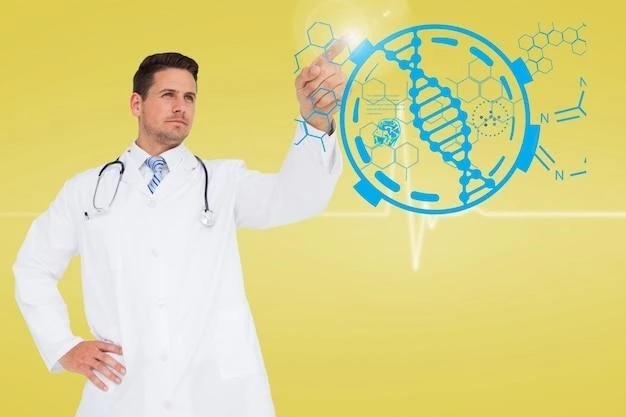Overview of Schinzel–Giedion Syndrome
Characteristic dysmorphic facial features, macrocephaly, and distinctive facial appearance define Schinzel-Giedion syndrome. This ultra-rare multisystem disorder is characterized by severe developmental delays and a predisposition to tumors, along with skeletal, genitourinary, renal, and cardiac abnormalities.
Clinical Characteristics
Schinzel-Giedion syndrome is characterized by distinctive facial features including macrocephaly, brachycephaly, flat occiput, and highly arched eyebrows. Additionally, individuals with this syndrome may exhibit severe developmental delays, global neurodevelopmental impairment, moderate-to-profound intellectual disability, epilepsy, spasticity, hypotonia, dysautonomia, and hearing loss. This ultra-rare multisystem disorder also presents with skeletal abnormalities, genitourinary and renal malformations, and cardiac defects, along with a predisposition to tumors.
Genetic Cause and Prevalence
Schinzel-Giedion syndrome results from mutations in the SETBP1 gene, an ultra-rare genetic disorder with an estimated occurrence of 1 in 1 million individuals. This syndrome is characterized by severe developmental delays and a predisposition to tumors, notably neuroepithelial neoplasia.
Recognizable Features
Schinzel-Giedion syndrome is highly recognizable due to severe mental retardation, distinctive facial features, skeletal abnormalities, genitourinary and renal malformations, cardiac defects, and a predisposition to tumors, notably neuroepithelial neoplasia. This rare disorder affects multiple body systems, making it distinguishable based on its various characteristic features.

Diagnosis and Symptoms
The diagnosis of Schinzel-Giedion syndrome is based on distinctive features such as dysmorphic facial characteristics, developmental delays, skeletal abnormalities, genitourinary malformations, and a predisposition to tumors. Symptoms also include neurological impairments and intellectual disability.
Distinctive Facial Features
Schinzel-Giedion syndrome can be identified by characteristic facial attributes such as macrocephaly, brachycephaly, flat occiput, highly arched and thick eyebrows, midface retraction, and a protruding tongue. These distinctive features assist in the diagnosis of this rare genetic disorder.
Skeletal Abnormalities
Schinzel-Giedion syndrome is associated with various skeletal abnormalities, including open cranial sutures, a steep short skull, wide occipital synchondrosis, and severe developmental retardation. Additionally, individuals with this syndrome may have a coarse facies characterized by midface retraction, a bulging forehead, hemangiomas, short nose with anteverted nostrils, and a protruding large tongue.
Treatment and Management
Managing Schinzel-Giedion syndrome requires a comprehensive approach to address the various symptoms presented. Treatment focuses on providing supportive care for families dealing with the challenges arising from developmental delays, skeletal abnormalities, and other associated health issues. Medical research and raising awareness are crucial for advancing treatment options and improving outcomes for affected individuals.
Support for Families
Families dealing with Schinzel-Giedion syndrome require extensive support to navigate the challenges associated with the condition. Accessing resources, connecting with support groups, and seeking guidance from healthcare professionals can help families cope with the complexities of managing the various symptoms and providing the best care for their loved ones affected by this rare genetic disorder.
Medical Research and Awareness
Encouraging medical research and raising awareness about Schinzel-Giedion syndrome is crucial for advancing understanding, developing effective treatments, and improving the quality of life for individuals affected by this rare genetic disorder. Collaboration between researchers, healthcare providers, and advocacy groups can help enhance knowledge and support for individuals and families impacted by this condition;

Prognosis and Life Expectancy
Understanding the prognosis and life expectancy of individuals with Schinzel-Giedion syndrome is crucial for families and healthcare providers. Due to the severity of this genetic disorder, most affected individuals do not survive past childhood. Therefore, early intervention and coordinated care are essential to optimize the quality of life for those impacted by this condition.
Impact on Health and Development
Schinzel-Giedion syndrome has a profound impact on health and development, leading to severe intellectual disability, distinctive facial features, skeletal abnormalities, genitourinary and renal malformations, cardiac defects, and a predisposition to tumors. The condition significantly impacts the overall well-being and quality of life of affected individuals, necessitating comprehensive medical care and support.
Survival Rates
Individuals with Schinzel-Giedion syndrome face significant challenges, and the prognosis is often poor, with most affected individuals not surviving past childhood due to the severity of the condition. Understanding the limited survival rates can help families and healthcare providers prepare for the complex care needs associated with this rare genetic disorder.
